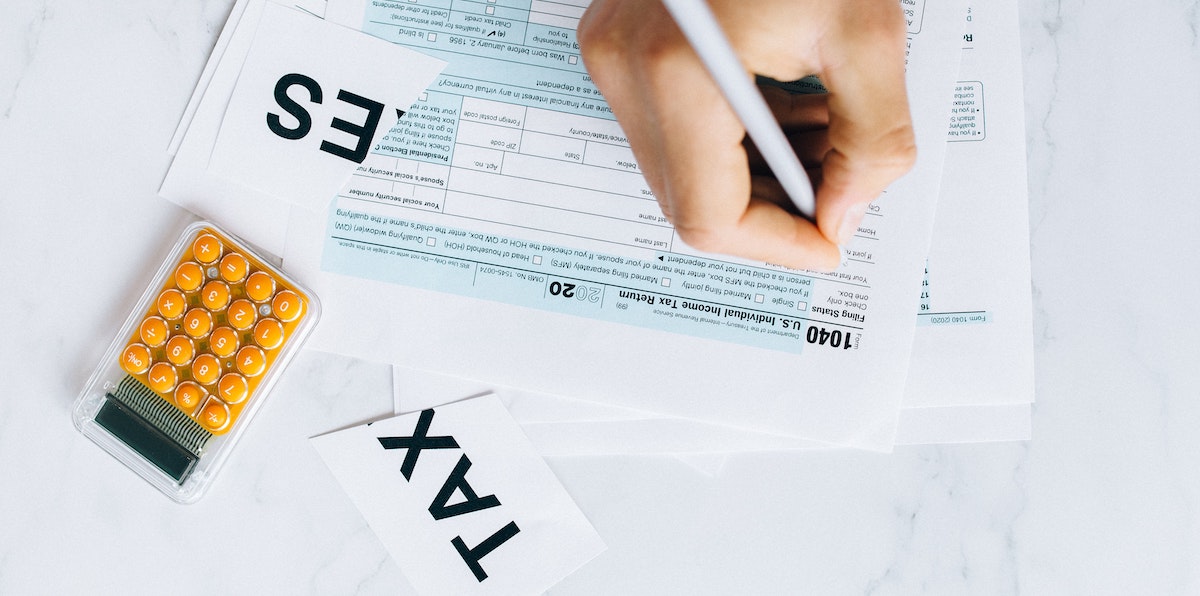Property Management
What Landlords Should Know About 1031 Exchange Rules
Last Updated Jan 12, 2022


Table Of Contents
- What is the advantage of a 1031 exchange?
- How does a 1031 exchange work?
- What is depreciation?
- What is a like-kind exchange?
- Are there different kinds of like-kind exchanges?
- What properties are eligible for 1031 exchange?
- What properties cannot be used in a 1031 exchange?
- Pending legislation affecting 1031 exchange rules
- Do your research before selling an investment property
If you own an investment property and are considering selling, it's time to get up to speed with a tax benefit known as a 1031 exchange. A 1031 exchange (sometimes called a "like-kind" exchange) will allow the homeowner to defer paying capital gains tax on the sale of an investment property, as long as the proceeds from the sale are reinvested into a similar home (of equal or greater value, within a certain timeframe).
What is the advantage of a 1031 exchange?
If you own an investment property that has appreciated in value, you will pay capital gains tax on the sale. The advantage of a 1031 exchange is that it lets you defer capital gains tax, so you have more net cash to invest in a replacement property.
Owners of rental homes use a 1031 exchange for a number of reasons, including:
- Buying a property that promises to offer a better rental return;
- Diversifying assets; and
- Deferring taxes.
How does a 1031 exchange work?
When selling an investment home, owners have 45 days to identify a replacement property for the sold asset. You're given 180 days in total to complete the 1031 exchange (inclusive of the time you took to identify the replacement).
You must also satisfy one of the following requirements:
1. The Three-Property Rule lets you identify three properties as potential purchases regardless of their market value;
2. The 200% Rule allows you to identify unlimited replacement properties, provided the properties’ cumulative value doesn’t exceed 200% of the value of the property sold; or
3. The 95% Rule permits a homeowner to identify as many properties as they like, provided the homeowner acquires properties valued at 95% of their total or more.
The identification must be in writing, signed by the taxpayer, and delivered to the replacement property seller. It’s customary for the identification to be delivered to the qualified intermediary, but a written statement in a contract to purchase the replacement property stating that the buyer is identifying the subject property as his replacement meets the requirements. Note that there’s no licensing or other formal eligibility for intermediaries. However, the tax code disqualifies anyone who’s acted as a taxpayer’s agent and those who are related. The term “agent” includes accountants, attorneys, and realtors who’ve worked on behalf of the taxpayer in the last two years.
There are also a few other requirements to keep in mind:
- The proceeds received from the sale of properties must be used to buy the new properties
- An intermediary is required to hold all the cash from the sales in escrow, in a segregated account, until it’s used for the new purchases; and
- You don’t pay taxes on the recapture of depreciation, but your depreciation schedule doesn’t start over. We will explain that below.
Based on the current tax code, you can make as many exchanges as you want; but when the property is finally sold and the proceeds aren’t reinvested in a new property, any capital gains and depreciation recapture tax liability kick in.
What is depreciation?
Depreciation is the percentage of the cost of an investment property that’s declared as an expense, such as the effects of wear and tear on the home. Expenditures of that kind can be claimed as a tax deduction when they occur.
When a property is sold, any capital gains taxes are determined based on the property’s net-adjusted value, which is the property’s original purchase price, plus any capital improvements, minus depreciation.
If an investment property is sold for more than its depreciated value, a homeowner may be required to “recapture” the depreciation, which means the amount of depreciation will be included in his or her taxable income from the eventual sale of the property.
What is a like-kind exchange?
The rules for 1031 exchanges state that properties are of like-kind if they’re of the same nature or character, even if they differ in grade or quality. In general, real estate properties are like-kind properties, no matter if they’ve been improved or not. But note that property in the United States and property outside the U.S. aren't like-kind properties.
The IRS states that if you make a like-kind exchange, you aren’t required to recognize a gain or loss under Internal Revenue Code Section 1031. However, if as part of the exchange, the owner also receives other (not like-kind) property or money, that not like-kind portion of the transaction must be reported to the IRS as a gain when measured against the other property and money received (The IRS says that a homeowner can’t recognize a loss.).
For homeowners to receive the full benefit of a 1031 exchange, the replacement property must be of equal or greater value.
Are there different kinds of like-kind exchanges?
Yes. There are three types of 1031 exchanges that vary by their timing and other details. Each has its own requirements and procedures:
Delayed Exchanges
1031 exchanges that are carried out within 180 days get this name because in the past, exchanges had to be performed simultaneously. In a delayed exchange, the homeowner relinquishes property before he acquires a new property. The “relinquished” property is transferred first, and the property the homeowner wants to purchase is acquired second.
Build-to-Suit Exchanges
This type of 1031 exchange permits the replacement property to be renovated or newly constructed. Note that because these exchanges are still subject to the 180-day rule, all improvements and construction on the exchanged property must be completed by the time the transaction is executed.
If a homeowner makes any improvements after this point, they won’t qualify as part of the exchange.
Reverse Exchanges
This is when a homeowner acquires the replacement property prior to selling the property to be exchanged. Here, the property must be transferred to what is called an exchange accommodation titleholder (which can be the qualified intermediary) and a qualified exchange accommodation agreement must be signed. With this type of exchange, a third party temporarily holds a homeowner's relinquished or replacement property.
A property for exchange must be identified within 45 days of the transfer of the property, and the transaction must be carried out within the same 180 days.
What properties are eligible for 1031 exchange?
The IRS says that there are many forms of real estate that can be used for a 1031 exchange. This includes any property used for a business that includes a store, manufacturing facility, or office building.
Plus, investment property is also eligible for a 1031 exchange—this includes rental properties.
Again, the properties involved must be “like-kind.” The like-kind requirement is interpreted liberally, and almost all real estate properties qualify as like-kind. The types of like-kind properties may include:
- Single- and Multi-Family Rentals;
- Retail Shopping Centers;
- Office Buildings;
- Industrial Facilities;
- Storage Facilities; and
- Raw Land.
What properties cannot be used in a 1031 exchange?
There are several types of property that cannot be used for a 1031 exchange. They include the following:
- Stocks, bonds, or notes;
- Stock in trade or other property held primarily for sale;
- Other securities or evidence of indebtedness or interest;
- A partnership interests;
- Certificates of trust or beneficial interests;
- A chose in action, which is a right to something, like payment of a debt or damages in a lawsuit); and
- REITs, real estate funds.
Pending legislation affecting 1031 exchange rules
If you own an investment property and are planning to hold onto it for the foreseeable future, then the details of this tax provision are not that important. However, if you are flexible about the asset, and could imagine selling it, it is important to pay close attention to what is happening with the current discussions about changing the provisions of a 1031 exchange as part of a revision to the tax code.
One change under the American Families Plan would limit 1031 Like-Kind exchanges by eliminating deferral gains above $500,000. This would make it more expensive to lever up your real estate portfolio, because your ability to roll profits forward would be curtailed.
Does this mean you should execute a Like-Exchange now – in other words, sell one property and buy another – before changes to the tax law could make it much more expensive? Not necessarily. We advise you to consult your accountant or tax advisor to help balance the pros and cons of making a transaction in anticipation of what might happen to the code.
Do your research before selling an investment property
There are powerful tax advantages of 1031 exchanges when you reinvest the proceeds from the sale of investment property into a replacement property. It’s important for homeowners to have a basic understanding of the IRS frameworks; if you are contemplating a transaction based on the advantages of the capital gains deferral, pay close attention to changes that might result from potential changes to the tax law that enables it.
To learn more about tax benefits for rental investments, check out Tax Strategies for Rental Investors: 5 Ways To Make A Home Less Taxing




